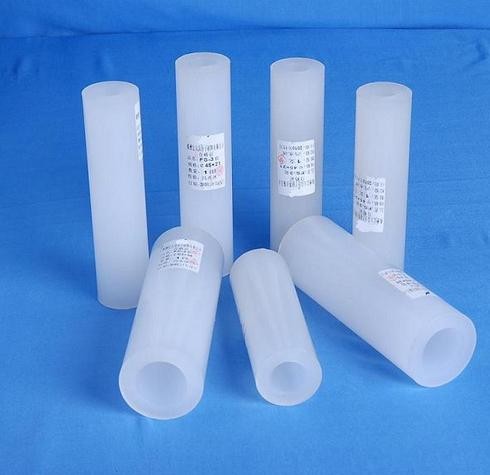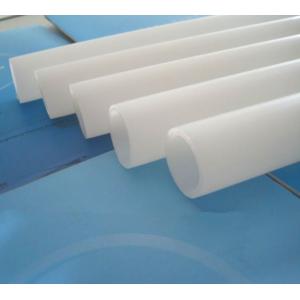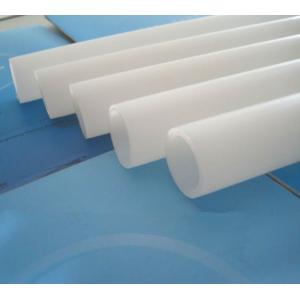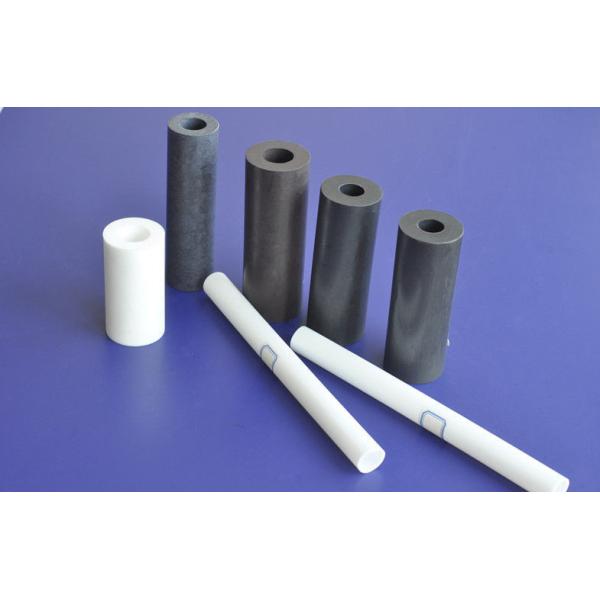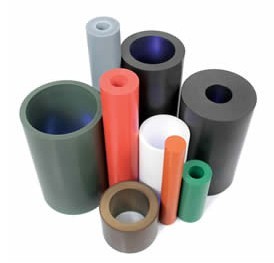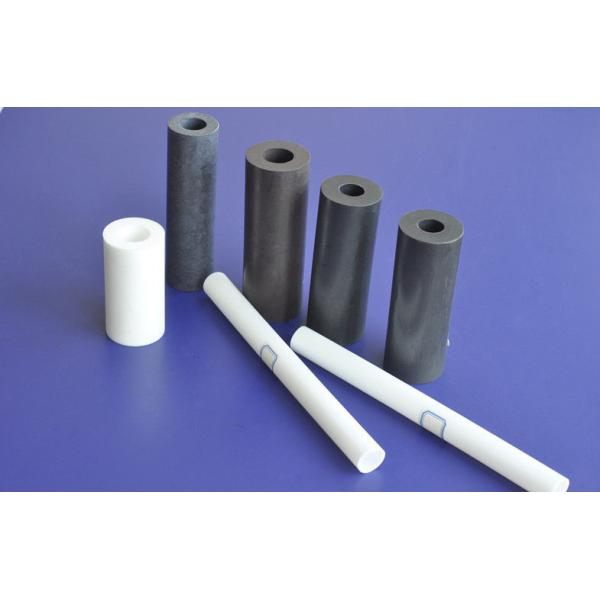In the world of industrial and laboratory applications, selecting the right tubing material is crucial for efficiency, safety, and performance. Among the top contenders, PTFE tube stands out for its exceptional properties. Polytetrafluoroethylene, commonly known as PTFE, is a synthetic fluoropolymer that offers unparalleled chemical resistance, high-temperature stability, and low friction. This guide provides a comprehensive overview of PTFE tubes, detailing their key parameters, applications, and answers to frequently asked questions. Whether you're in pharmaceuticals, chemical processing, or automotive industries, understanding PTFE tubing can help you make informed decisions for your projects.
PTFE tubes are renowned for their versatility. They can withstand extreme temperatures, from as low as -200°C to as high as 260°C, making them ideal for environments where thermal stability is paramount. Additionally, their non-stick surface and dielectric properties expand their use in electrical insulation and fluid transfer systems. In this article, we'll explore the technical specifications in detail, present data in clear lists and tables, and address common queries to ensure you have all the information needed.
To appreciate the full capabilities of PTFE tubes, it's essential to examine their core parameters. Below is a breakdown of the critical specifications that define their performance and suitability for various applications.
For a quick comparison, here is a table summarizing the standard dimensions and properties of PTFE tubes:
| Inner Diameter (mm) | Outer Diameter (mm) | Wall Thickness (mm) | Max Pressure (psi) | Common Applications |
|---|---|---|---|---|
| 1.0 | 2.0 | 0.5 | 150 | Medical devices, laboratory instruments |
| 3.0 | 5.0 | 1.0 | 100 | Chemical transfer, automotive fuel lines |
| 6.0 | 10.0 | 2.0 | 80 | Industrial hoses, electrical conduits |
| 12.0 | 16.0 | 2.0 | 60 | Food processing, pharmaceutical tubing |
| 25.0 | 30.0 | 2.5 | 50 | Large-scale fluid handling, HVAC systems |
These parameters ensure that PTFE tubes can handle demanding conditions. For instance, the high chemical resistance makes them suitable for aggressive media, while the temperature range allows use in both cryogenic and high-heat settings. Always verify specific requirements with manufacturers to ensure compatibility.
PTFE tubes are employed across various industries due to their robust properties. Below is a list of common applications where they excel:
In each of these sectors, the PTFE tube provides long-term performance, reducing maintenance costs and enhancing safety. For example, in chemical plants, it minimizes leakage risks, while in medical settings, it ensures patient safety through inertness.
Many users have questions about PTFE tubes, from installation to maintenance. Here are detailed answers to some of the most common queries:
What is the maximum temperature a PTFE tube can handle?
PTFE tubes can continuously operate at temperatures up to 260°C (500°F). For short-term exposure, they may withstand up to 300°C (572°F) without significant degradation. However, prolonged use near the upper limit can affect mechanical properties, so it's advisable to consult specifications for specific applications.
How does PTFE compare to other materials like silicone or PVC?
PTFE offers superior chemical resistance and temperature tolerance compared to silicone (max ~200°C) and PVC (max ~60°C). It also has a lower friction coefficient, making it better for high-wear environments. However, PTFE is generally more rigid and expensive, so choice depends on the application's demands.
Can PTFE tubes be used for drinking water systems?
Yes, PTFE tubes are safe for potable water applications when they comply with FDA and NSF standards. Their inert nature prevents leaching of harmful substances, ensuring water purity. Always check for certifications to guarantee suitability.
What are the limitations of PTFE tubing?
While highly durable, PTFE tubes have lower pressure ratings compared to metals and may not be ideal for high-pressure systems above 150 psi without reinforcement. They can also be less flexible than some polymers, requiring careful installation to avoid kinking.
How do I clean and maintain PTFE tubes?
Cleaning is straightforward due to the non-stick surface; use mild detergents and water, or solvents compatible with PTFE. Avoid abrasive tools that could scratch the interior. Regular inspections for cracks or wear are recommended, especially in high-temperature or chemical exposure scenarios.
Are there different types of PTFE tubes available?
Yes, variations include filled PTFE (with additives like glass or carbon for enhanced properties), expanded PTFE (for better flexibility), and lined tubes (with PTFE inside other materials). Selection depends on factors like conductivity, strength, or cost requirements.
Is PTFE tubing recyclable or environmentally friendly?
PTFE is not easily recyclable through standard methods due to its stability, but specialized processes can recover it. It is considered environmentally safe when properly disposed of, as it does not release hazardous substances. Always follow local regulations for disposal.
Can PTFE tubes be custom-sized or colored?
Absolutely, manufacturers often offer custom cutting, diameters, and colors like black for UV resistance or colored variants for coding purposes. Provide specific requirements during ordering to ensure optimal performance.
How do I install PTFE tubing in a system?
Installation involves cutting to length with sharp tools to avoid burrs, and using appropriate fittings like compression or flare types. Ensure the tube is not over-tightened to prevent damage. For high-temperature applications, allow for thermal expansion during setup.
What is the typical lifespan of a PTFE tube?
Under normal conditions, PTFE tubes can last for many years, often exceeding 10 years in moderate environments. Lifespan depends on factors like exposure to harsh chemicals, temperature cycles, and mechanical stress—regular monitoring helps maximize durability.
By addressing these FAQs, users can better understand how to integrate PTFE tubes into their operations effectively. For more specific inquiries, always refer to technical datasheets or consult with experts.
